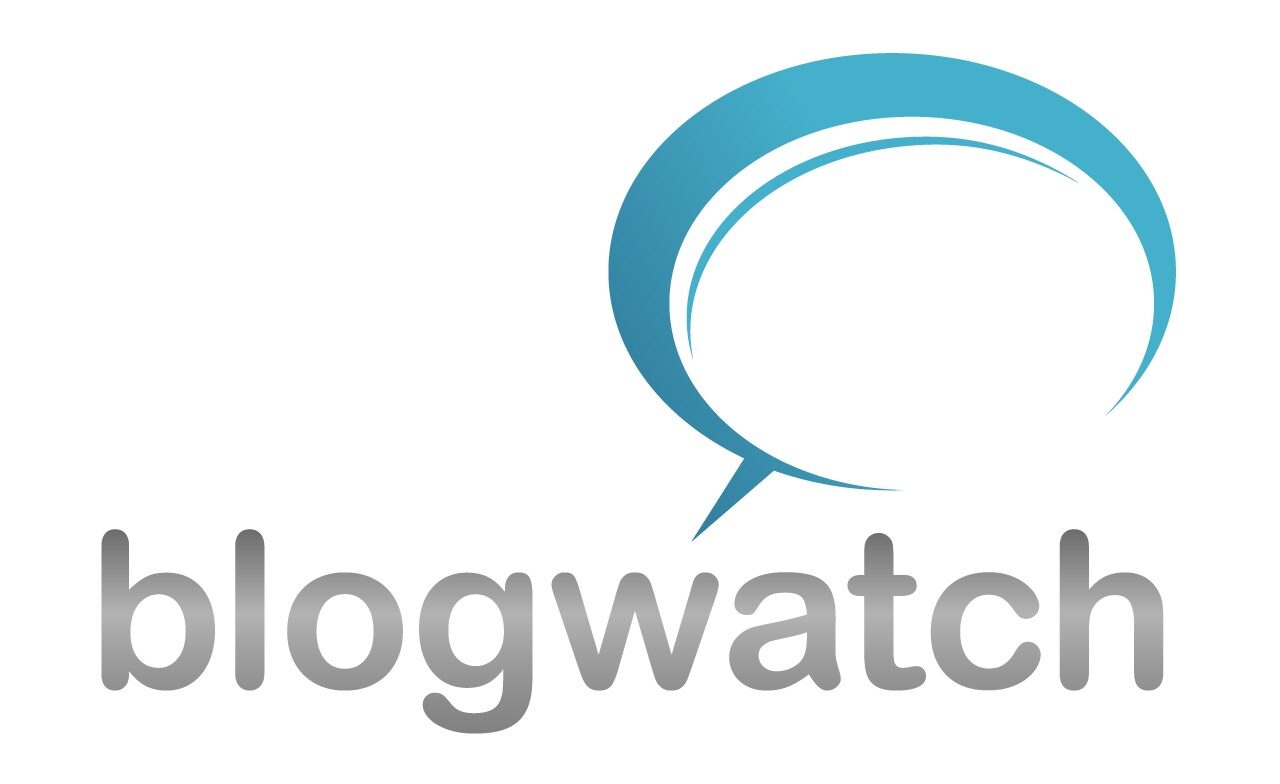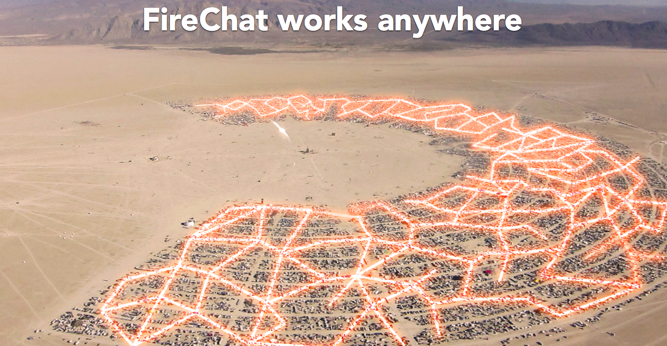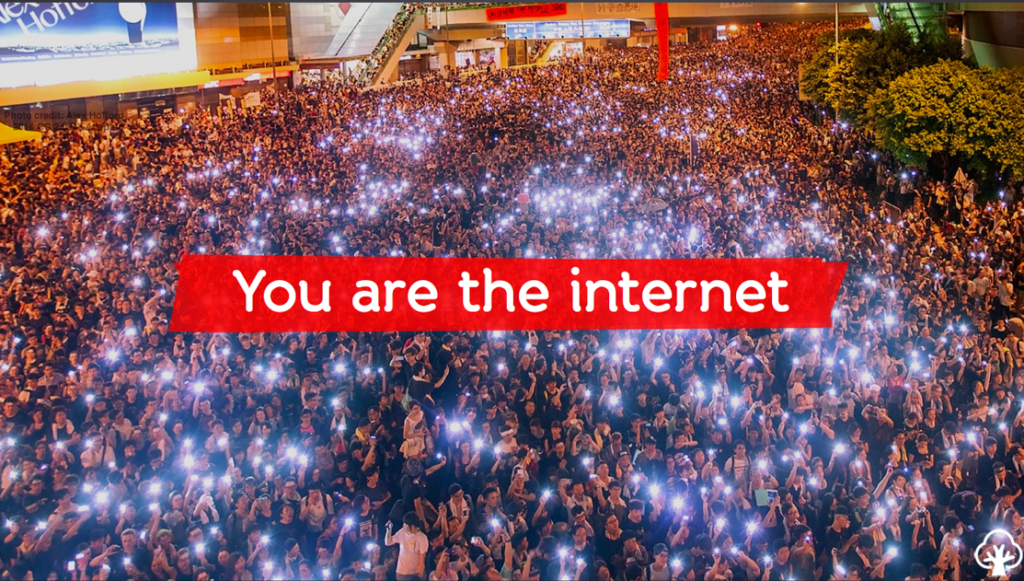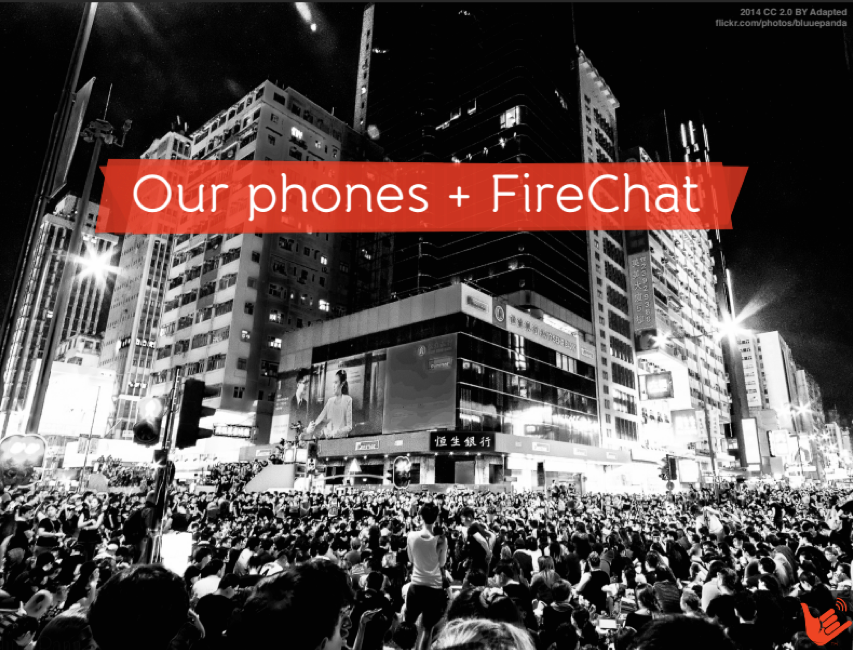Social media without the internet – will it ever go mainstream?
At Blog Watch, we have long realized that staying online is not going to be good enough, not just for advocacy but also because there is a pressing need to extend communication and engagement beyond the reach of the internet for emergencies and other situations. Most of the apps are still dependent on internet access and when this goes down, the apps are basically useless. This was what we had in mind when we pitched, and were selected to present, the session on “Social Media without the Internet” at Rightscon last March 2015.
Rightscon, an annual Silicon Valley-based summit which takes on various topics on the protection and future of the internet, was held in Manila – its first time in Southeast Asia. Over 650 attendees, many of whom were opinion leaders and changemakers in their own fields, were at this two-day summit.
But…social media without the internet?
Ours was indeed a topic that stumped people at Rightscon when they read the title of our session, maybe because social media is always associated with being online… with having internet access. Their curiosity worked to our advantage because that, coupled with our persistence in plugging the session via social media, got us a packed room.
We brought together four speakers who represented platforms that allowed a cross-section of ways of communicating by skirting the internet, when needed, but for this article, let me focus on two of these.
Watch this video of our talk:
FIRECHAT (by Open Garden)
Firechat was presented by Marina Azcarate, Head of Global Marketing. According to her, one’s Firechat reach is about 70 meters all around. But anyone who stands in the periphery of that range and opens Firechat extends the range by another 70 meters. You can go on and on, continuing to extend that communication range for potentially several kilometers.
Here’s how Firechat describes it:
“The app uses the radios inside phones to let users connect to each other for free, via Bluetooth and direct Wi-Fi, without going through a telecom operator. The more people use it, the better it gets. When there is no Internet, for example at a music event, on the MRT, or at any public gathering, you can continue chatting and sharing pictures with the people around you. This is called “The Internet of Us”. It’s peer-to-peer networks gone mainstream, just like peer-to-peer to share music. “
While mainly used by concertgoers in its very early days, it soon became known as a “protest app” when it was extensively used in Hong Kong in 2014 during the Umbrella Revolution when the internet was not accessible to the Hong Kong protesters. In less than a week, over 500,000 app installations were seen, with over 2 million chat sessions occurring over just a few days.
Today, we see Firechat going beyond just being the go-to app for concerts and protests. In a disaster, when there is a high probability that internet communications will be cut off, people can still communicate with others for some time running off their mobile battery. Firechat also has the potential to become a platform for citizen engagement.
Blog Watch now has three chatrooms in Firechat: #blogwatch (for general issues), #juanvote (for election-related issues), and #epalwatch (epal-related discussions, epal sightings, etc) where Firechat users can engage us and discuss relevant issues.
Firechat can be downloaded for iOS devices (via Apple Store) and for Android devices (via Google Play).
BUBBLY (audio social media)
Sameer Seth, Vice President of Bubbly and in charge of 360 Degree Operations in the Asia Pacific, came armed with stories from other countries about how people used Bubbly offline. In one example, he cited Indonesia where citizens communicated with each other during heavy flooding in Jakarta, warning people as to which areas to avoid.
On Bubbly, Noemi (@momblogger) and I (@philbeat) have been doing 90 second audio posts for more than 2 years now on just about any topic we took interest in. We have evolved our Bubbly conversations – from English to Taglish (Tagalog-English), from A-B class topics to topics closer to the hearts of the C-D social brackets. Noemi’s post on how she uses Bubbly can be found HERE. (Update: Deleted dead link)
A large part of the offline community is on Bubbly. They use feature phones and subscribe to Bubbly personalities by typing in certain codes and responding with 30-second audio comments. The visually-impaired community likewise engage on social media using Bubbly. By making informative posts, we aim to continue to empower them with knowledge so they can make better decisions and craft their own opinions on issues down the road. In the event of a disaster, Bubbly will be an effective warning tool for the visually-challenged.
If you are reading this and you want to help reach the offline community, explore Bubbly at bubbly.net. It is available on iOS (Apple Store), Android (Google Play) and on the browser.
* * * * *
While this is the age of social media using the internet, I foresee more and more technology enabled for social media off the grid. In a country like ours where disasters of all sorts threaten us year-round, we need to embrace these platforms and create life-saving uses for them. In addition, such platforms make it more possible for us to close the digital divide that separates online folks on smartphones from the rest on feature phones. These platforms serve as knowledge enablers and give voice to the previously voiceless majority. Citizen involvement and engagement is now creeping into the grassroots level. In all probability, it could just be a matter of time before social media penetration demographics in the country jump because it would include social engagement similar to Firechat and Bubbly. Who knows? Off-grid social media may just go mainstream too.
Stage view photo of Rightscon session c/o Jed Adao. Some rights reserved.
Firechat photos c/o Firechat. Some rights reserved.




